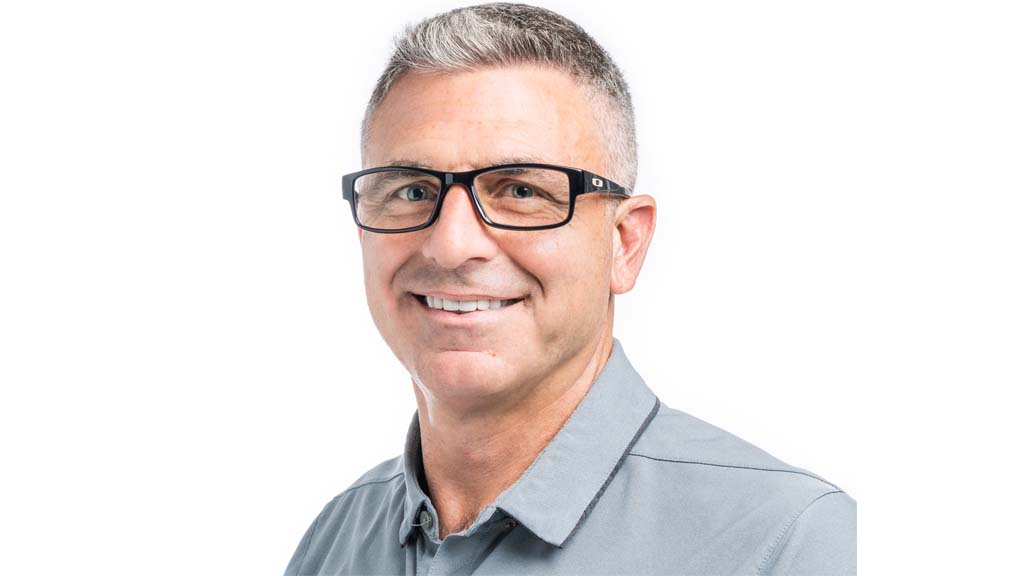RF Shorts for Jan. 18, 2013
LTE TV Broadcasting Gains Wireless Carrier Support
Last week at the CES Qualcomm and Verizon exhibits I witnessed demos of eMBMS (evolved Multimedia Broadcast Multicast Services) technology for LTE (Long Term Evolution) broadcasting. This technology provides an alternative to traditional broadcasting, but unlike traditional broadcasting, it uses the cellular network and is completely controlled by the carrier.
Tammy Parker, in the FierceBroadbandWireless article Verizon not the only carrier eyeing LTE Broadcast gives an idea of how such a change might impact TV viewing:
“Last week, Verizon Communications Chairman and CEO Lowell McAdam said during a keynote at the 2013 International CES that the company's wireless unit is aiming to broadcast video over its LTE network, perhaps by early 2014. McAdam told NFL Commissioner Roger Goodell, who was onstage with him, 'Using LTE...we'd love to broadcast the Super Bowl in the 2014 time frame,' according to Computerworld.”
A Verizon spokeswoman told FierceBroadbandWireless that "I think the Super Bowl reference is just an example of a scenario for this, nothing specific," but Parker points to a Verizon Wireless blog posting showing it isn't so far-fetched.
An IGR Research Press Release on its LTE Broadcast white paper released last week said, “IGR's network model shows that LTE Broadcast can potentially off-load 12.5 percent of the video data traffic from unicast overall and 15 percent during peak hours in 2016 if deployed across a metro market.”
LTE Broadcast is a potential competitor for broadcasters' mobile TV services. Imagine a scenario in a few years where Verizon and AT&T could be bidding for the right to carry major sporting events exclusively on their cellular network, either at a premium price or as an inducement to get pull subscribers away from a competitor.
One World Trade Center Spire Support Now in Place
NBC New York (WNBC) has a posted video of cranes installing the base of WTC spire. The base will support a spire that’s designed to accommodate multiple broadcast antennas. The Durst Organization is a partner with the Port Authority of New York and New Jersey in One World Trade Center and as part of that role is managing the broadcast and wireless space on the spire and in the building. Once the spire is complete, the total height of the building will be 1,776 feet.
Another View of the ‘Spectrum Shortage’
Steve Wildstrom offers an interesting look at the “spectrum crisis” in his postingon Tech.pinions. He writes, “But even if we discount the more breathless and self-serving estimates of growth in wireless data use, it is clear that the amount of spectrum allocated to wireless data will be, at some point in the not too distant future, inadequate to meet demand, based on today’s technologies. It is also clear that to meet this demand, we must both find additional spectrum and find ways to use it more efficiently. Fortunately, both are eminently doable.”
See his article for the list. At the top of it is auctioning spectrum His take on the UHF TV incentive auctions? “No spectrum will actually be sold until next year at the earliest, and it seems unlikely that the amount freed will ever come up to 100 MHz.” Other options include speeding build out of unused spectrum, spectrum sharing, white spaces, small cells, Wi-Fi offload and smart antennas.
Spectrum: The Shortage is a Crisis, but Not Serious Comments and RF related news items are welcome. Email me at dlung@transmitter.com.
The professional video industry's #1 source for news, trends and product and tech information. Sign up below.

Doug Lung is one of America's foremost authorities on broadcast RF technology. As vice president of Broadcast Technology for NBCUniversal Local, H. Douglas Lung leads NBC and Telemundo-owned stations’ RF and transmission affairs, including microwave, radars, satellite uplinks, and FCC technical filings. Beginning his career in 1976 at KSCI in Los Angeles, Lung has nearly 50 years of experience in broadcast television engineering. Beginning in 1985, he led the engineering department for what was to become the Telemundo network and station group, assisting in the design, construction and installation of the company’s broadcast and cable facilities. Other projects include work on the launch of Hawaii’s first UHF TV station, the rollout and testing of the ATSC mobile-handheld standard, and software development related to the incentive auction TV spectrum repack. A longtime columnist for TV Technology, Doug is also a regular contributor to IEEE Broadcast Technology. He is the recipient of the 2023 NAB Television Engineering Award. He also received a Tech Leadership Award from TV Tech publisher Future plc in 2021 and is a member of the IEEE Broadcast Technology Society and the Society of Broadcast Engineers.
